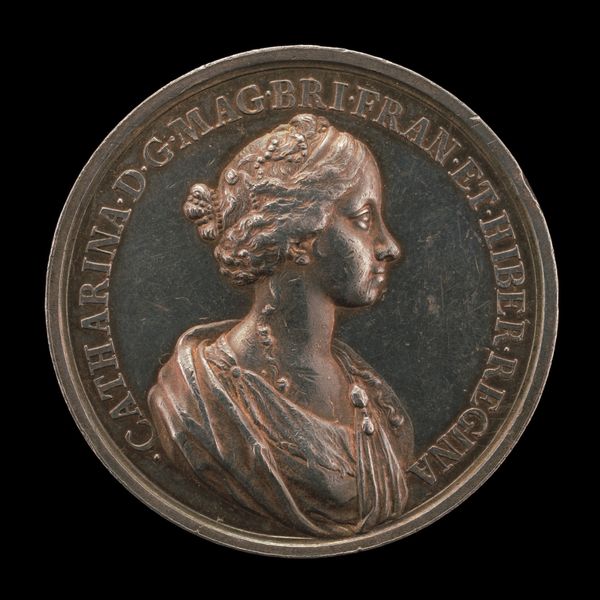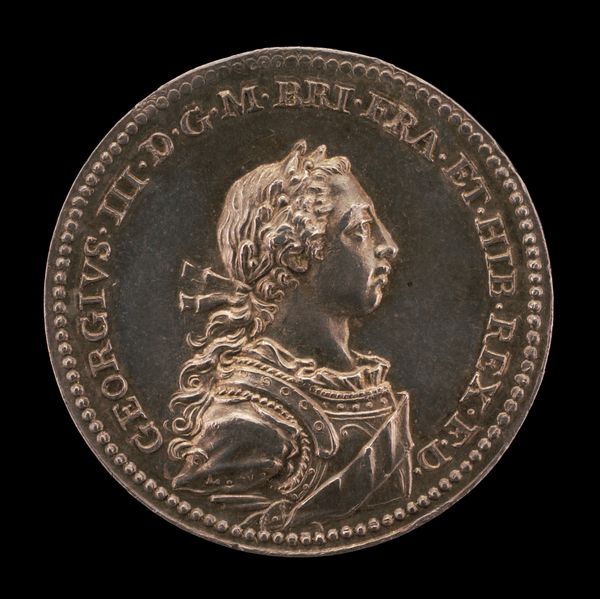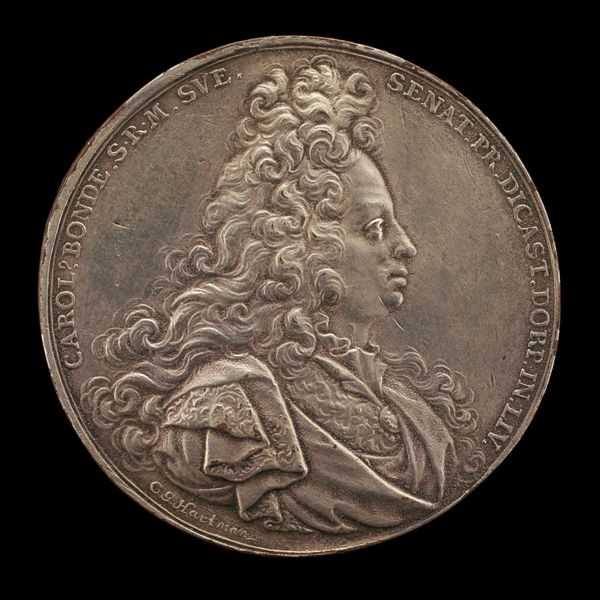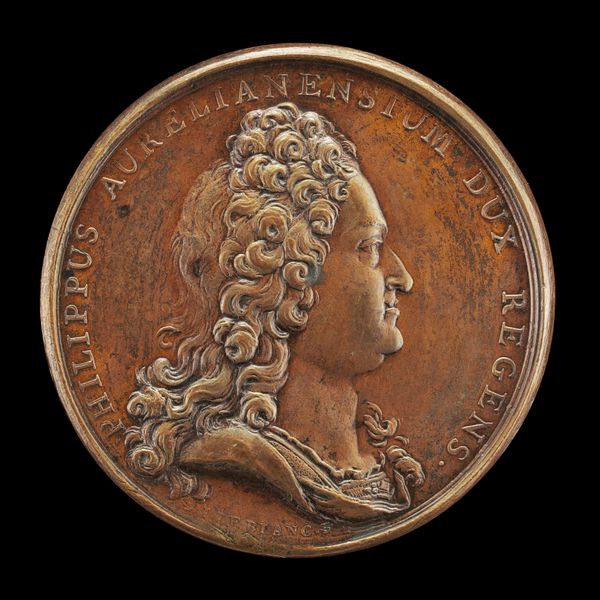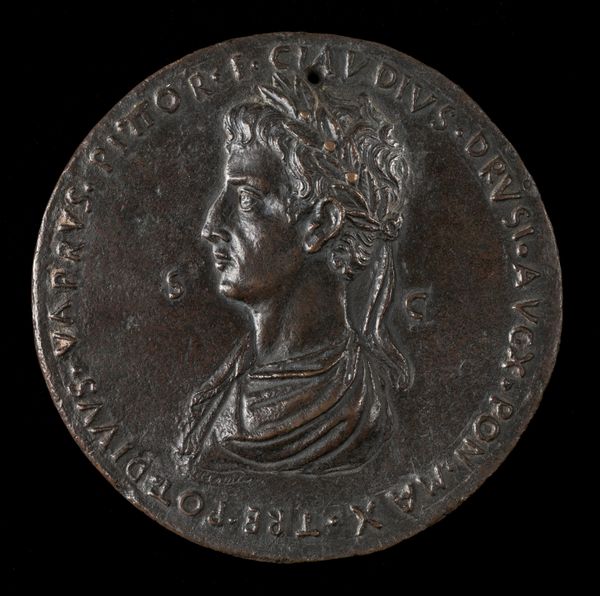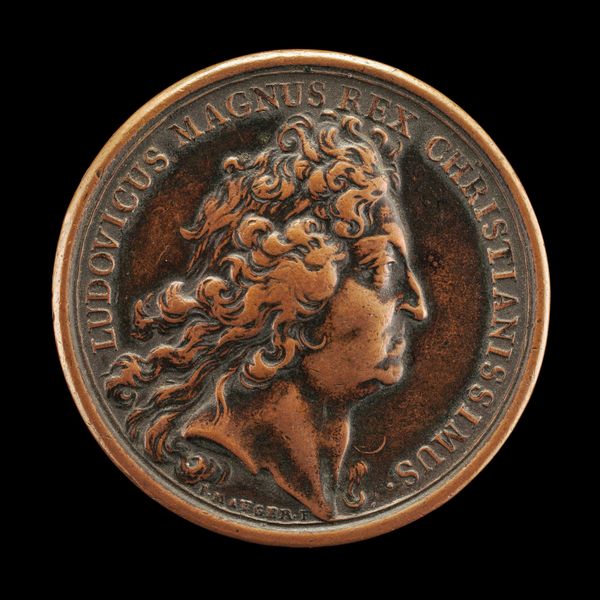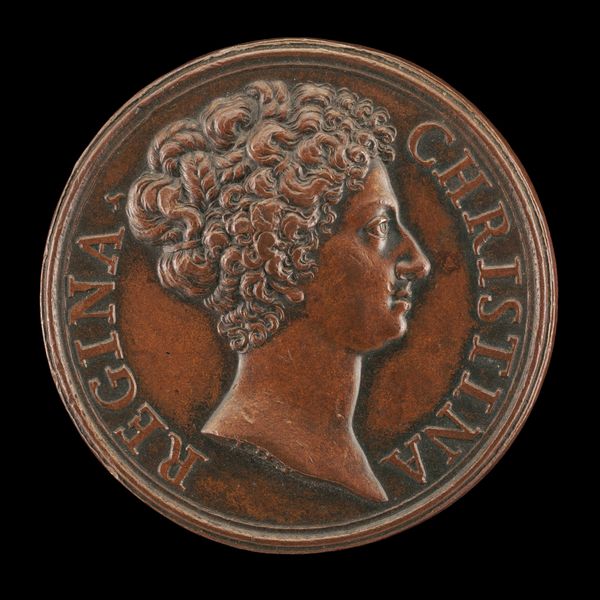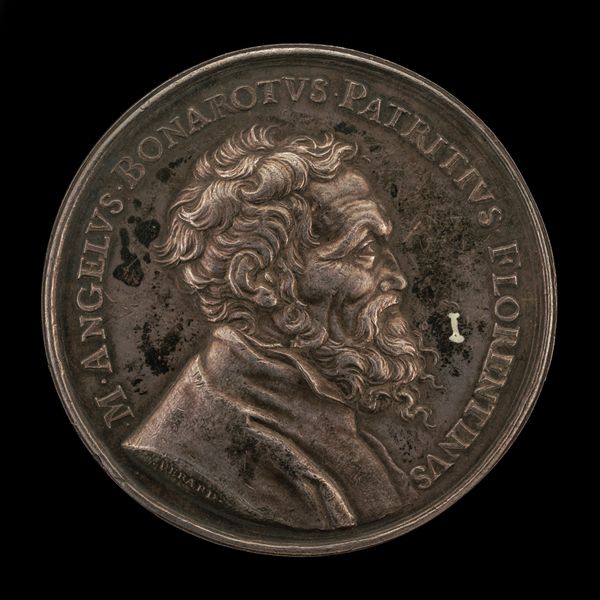![Coronation Medal of Joseph I, 1678-1711, King of Hungary 1687, King of the Romans 1690, Holy Roman Emperor 1705 [obverse] by Georg Hautsch](/_next/image?url=https%3A%2F%2Fd2w8kbdekdi1gv.cloudfront.net%2FeyJidWNrZXQiOiAiYXJ0ZXJhLWltYWdlcy1idWNrZXQiLCAia2V5IjogImFydHdvcmtzLzcwMTlkMmJhLTNhYzEtNDMzOS04ODVlLWI3MmE4ZmM3YjhmZS83MDE5ZDJiYS0zYWMxLTQzMzktODg1ZS1iNzJhOGZjN2I4ZmVfZnVsbC5qcGciLCAiZWRpdHMiOiB7InJlc2l6ZSI6IHsid2lkdGgiOiAxOTIwLCAiaGVpZ2h0IjogMTkyMCwgImZpdCI6ICJpbnNpZGUifX19&w=3840&q=75)
Coronation Medal of Joseph I, 1678-1711, King of Hungary 1687, King of the Romans 1690, Holy Roman Emperor 1705 [obverse] 1690
0:00
0:00
carving, metal, sculpture
#
portrait
#
medal
#
carving
#
baroque
#
metal
#
sculpture
#
sculpture
Dimensions: overall (diameter): 3.5 cm (1 3/8 in.) gross weight: 18.14 gr (0.04 lb.) axis: 12:00
Copyright: National Gallery of Art: CC0 1.0
This Coronation Medal of Joseph I was created by Georg Hautsch sometime between 1678 and 1711. It's made of silver, and it commemorates Joseph's rise through the ranks of European royalty. The medal is small but dense, and would have been created using a combination of die-striking and hand-finishing. Think about the amount of pressure required to impress these crisp details into the metal. Hautsch likely began with a carefully engraved die, a matrix in reverse of the final image. This was then hammered or pressed onto a silver blank. The choice of silver is significant, as this was a precious material, but also one associated with currency and trade. By immortalizing Joseph I in this form, Hautsch subtly connects the emperor's image with power and value. Consider also the labor involved in mining, refining, and working the silver. Each medal represents not only the artistry of Hautsch, but also the countless hours of often-anonymous labor that made its creation possible. When we consider the materials, making process, and context, we begin to see beyond the medal's surface, and understand its deeper cultural and social significance.
Comments
No comments
Be the first to comment and join the conversation on the ultimate creative platform.

